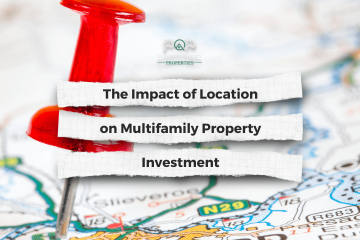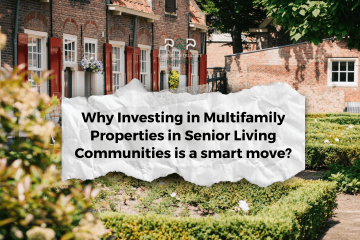Is it lock-and-leave freedom?
Sense of community?
Fewer lifestyle complications?
Proximity to their favorite park or eatery?
Maybe it’s all the above for today’s renter by choice.
It’s estimated a third of today’s multifamily marketplace rents by choice, not circumstance. In other words: The group has money. Dollars enough to weigh various housing options, including home buying. Wealth creation through homeownership isn’t a major concern. They either have it or have other means to acquire it.
Renting by choice is a growing trend that forsakes the time-honored American rite of homeownership. It may be understandable. The shock of the Great Recession still haunts many. For Gen Xers and younger millennials, the pain of watching family, friends, and neighbors scrape by or surrender to an economic storm can leave an impression of “who wants that headache?”
Now, with home mortgage rates on the rise, some argue that concern is validated.
Older millennials and baby boomers are also well-represented in the rent-by-choice movement. Demographers will identify subcategories such as established married couples (or DINKs … dual income with no kids) under millennials. For baby boomers, it includes “lock and leave” downsizers that may be rich in equity but comparatively modest in cash. For them, renting unlocks that equity and helps supercharge their next chapter lifestyle.
How should multifamily professionals view renters by choice? What unique attributes do they offer beyond their pocketbook? A good person to ask is Kimberly Byrum, managing principal-multifamily for Zonda, a data-driven home building and multifamily advisor and Multifamily Executive’s parent company. Byrum recently shared her insights with MFE.
MFE: What is the underlying characteristic of a renter by choice?
Byrum: The fact they have the resources to buy a home but prefer not to. That’s in contrast to the renter by necessity, who must rent because there is no other financial alternative.
That may not mean they can buy a home in a place they want to. Just that they have the financial wherewithal to consider alternatives to leasing.
Maybe they owned a home once and don’t want the maintenance issues. Some want a high level of amenities and services for a single flat rate. That can describe affluent singles and couples over 35 years old. They’re the “laptops and lattes” segment with a higher income. Then there are the downsizers, folks 55 years old and up, that are ready to move on from homeownership responsibilities. Let the landlord take care of it.
MFE: Let’s talk about downsizers. What are their rental concerns? What are they looking for?
Byrum: For downsizers, the story is a bit different. Their interests aren’t strictly amenities, though that’s important, too. They’re often looking for a larger unit size, which could mean a 1200-square-foot two-bedroom unit. They’re looking for a little more storage and extra space for a visiting adult child or family. The couple may also own two cars, so there’s that.
MFE: And millennials?
Byrum: As a group, they don’t own as many cars. Storage isn’t so much an issue. An 800- to 900-square-foot single-bedroom apartment is a target for this income group. They’re more likely to stay close to entertainment and restaurants. With hybrid work schedules common, commutes are less of an issue.
MFE: How should a multifamily owner/operator think about rents if this group is less price sensitive?
Byrum: It’s balancing act between rent versus buying. This group is financially sophisticated and is going to do the math. If the equation tips too heavy to the buy side, it hurts rental prospects. You don’t want to be in a pricing situation where the numbers say you’re smarter to buy.
I can say as mortgage rates rise, the rent versus buy calculation has now moved out by about a year, in favor of renting.
MFE: Any final thoughts?
Byrum: It’s hard to put any one segment in a box. I’ve never seen one building in any market that was just one demographic. In general, a renter by choice may be a little fussier and more selective upfront, but they tend to be longer leaseholders if the amenities and services are kept up.
This piece is taken from MFE and Written by Dennis Harrington.




